Tag: english

Rare Vintage Collectable Early English 1920 S Wwi Era Solid 9k Gold 15j Mechanical Watch
Posted by admin On October 7, 2023

Very Rare Antique Lambeth English Delft Iron Red 13.5 Faience Charger FREE SHIP
Posted by admin On August 21, 2023
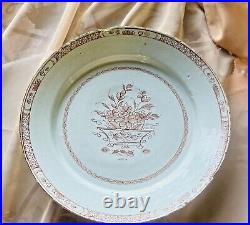

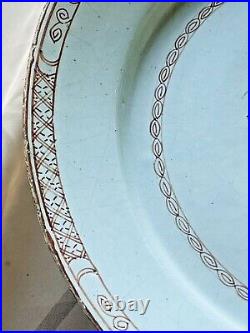





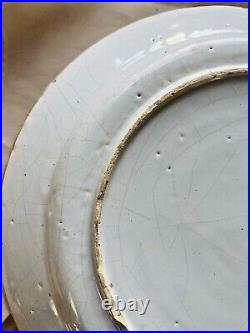

Very Rare Antique Lambeth English Delft Iron Red 13.5 Faience Charger. This wonderful and very antique faience delftware platter was acquired from the estate of a former antique dealer/collector along with a note card which reads in part ” large Lambeth English Delft Charger all iron red with arches and geometric basket 13 1/2″. The only all iron red I have seen. The charger had some glaze skips and a few old chips to the rim, the largest being about. Otherwise there is the expected crazing adding beauty in my opinion. There are no major chips, cracks, hairlines or repairs. Sorry, no international sale on this item.


Early Rare Antique English Georgian Brass Tobacco Box
Posted by admin On August 15, 2023
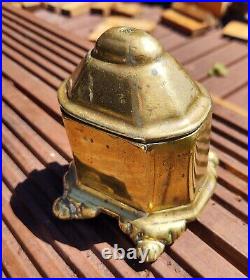
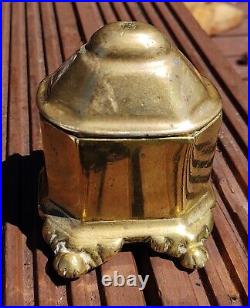
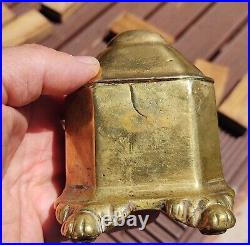
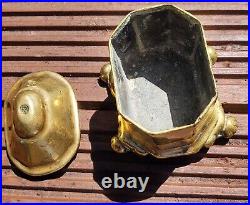
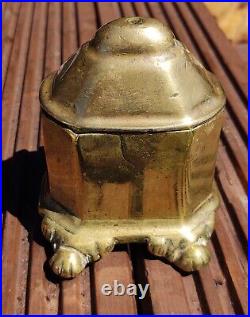
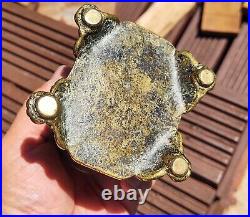
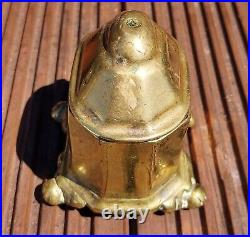
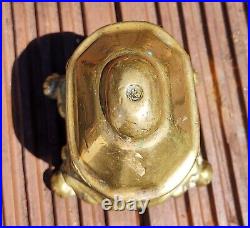
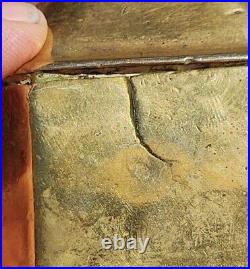

Please feel free to make an offer. As this is a very small size I believe this is an early rare Antique English Georgian Brass Tobacco Box. As tobacco was extremely expensive in early dates. In Expected used condition. For an item of this age & nature. There are some historical knocks & bangs. Also a crack or old casting fault. The lid is missing it’s. Top finial but it’s still a nice functional fit for purpose piece. The brass would benefit from a polish. Please study the images as they also form part of the description & please do your own research.


Rare Antique Victorian 1846 John Knight Early Foley English Ale Old Beer Jug
Posted by admin On August 13, 2023
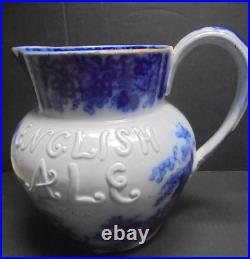
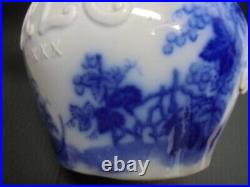
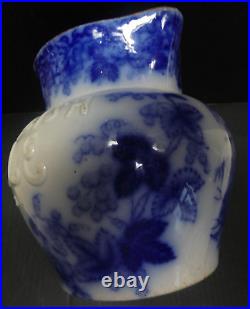


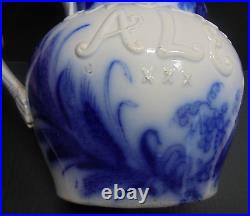
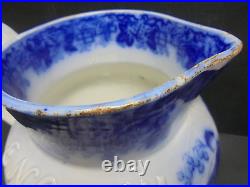

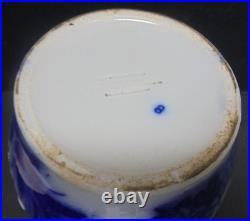

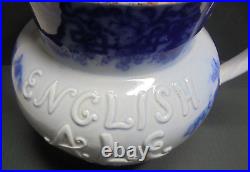
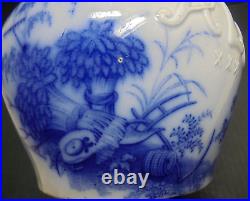

A RARE ANTIQUE EARLY VICTORIAN 1846 FOLEY BEER JUG. 5 1/2″ TALL x 6 3/4″ LIP – HANDLE. PUBLISHED BY JOHN K. STRESS CRACK BASE OF HANDLE.


Rare Antique Art Deco Thomas Forester & Son English Pottery Phoenix Ware Set
Posted by admin On May 7, 2023

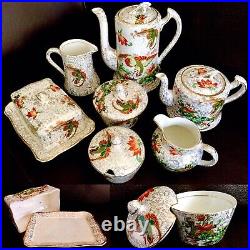

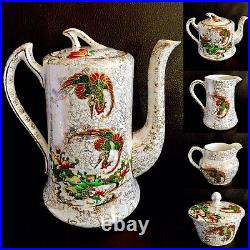

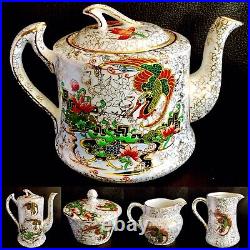
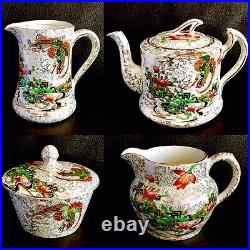

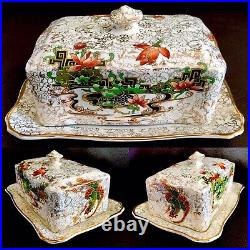
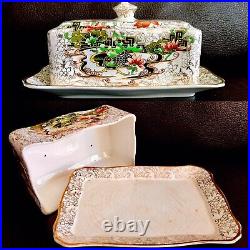
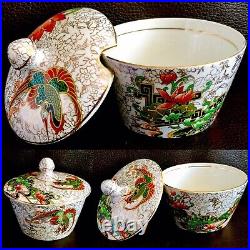
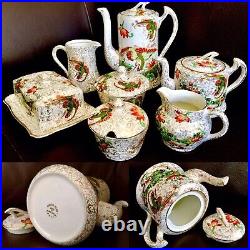

Rare Antique (Art Deco) Thomas Forester & Son (T F & S Ltd) English Pottery Phoenix Ware Breakfast Set. Fantastic Sought after collector’s items In excellent condition as shown in 12 sets of photographs photographs attached. Please browse all photographs attached carefully as they are self explanatory. All in marvellous condition without any chips or cracks and gold gilding is also totally intact. Sugar bowl & Lid. Jam Dish & Lid. Butter Dish & Cover. The company started as Thomas Forester in the 1870s and appeared in the Pottery Gazette regularly during the 1880s. They specialised in the manufacturing of majolica and earthenware. In 1900, the company employed over 700 people in the Staffordshire area and was seen as one of the largest producers of majolica in England in the late 1800s. In their prime, the company had showrooms in London, Paris, Berlin and Vienna. Thomas Forester originally started a pottery business on Longton High Street, where his small workshop was based in 1877. As the business developed, Forester was said to have expanded his business within Longton, opening additional premises on Church Street called’Church Street Majolica Works’. The development of The Phoenix Works was said to have been financed by a Mr. Aynsley according to the April 1881 edition of the Pottery Gazette. The Phoenix Works was commenced in 1879, and this is where Thomas Forester ran his pottery business from for the foreseeable future. The enlarged new pottery was then called Phoenix Pottery. Following this move, in 1881 Forester received the largest order for Majolica goods ever received by a Pottery in Staffordshire up to that year. In 1883, Thomas’ sons Herbert Forester and Victor Forester were introduced to the business and became official partners. The company name subsequently changed from Thomas Forester to Thomas Forester and Sons in the same year. 8 years after Herbert and Victor became official partners in their father’s business, the company became incorporated in 1891. The incorporation led to the name changing again, to Thomas Forester and Sons Ltd. Over the next 10 years, the company expanded their business to employ over 700 people from the Staffordshire area, making them one of the largest employers in Staffordshire at the end of Queen Victoria reign in 1901. Thomas Forester & Sons went on to open showrooms across Europe, including London, Paris, Berlin and Vienna. This was due to a combination of World War II when production was very limited and by the Clean Air Act that was introduced in 1956. This move stopped the use of bottle ovens. This item is in the category “Pottery, Ceramics & Glass\Decorative Pottery, Ceramics & Glass\Vases”. The seller is “santoor-uk” and is located in this country: GB. This item can be shipped worldwide.
- Origin: UK
- Antique: Yes
- MPN: Phoenix Ware
- Item Length: As In Photos Attached
- Manufacturer/ Type: T F & S Ltd
- Colour: Multi
- Original/Licensed Reproduction: Original
- Style: Art Deco
- Featured Refinements: Complete Breakfast Set
- Features: 7 Pieces
- Production Style: George V
- Finish: Glossy
- Handmade: Yes
- Pattern: Forest
- Use: Tableware
- Material: Porcelain/ China
- Subject: Phoenix
- Date: 1920-1939 (Art Deco)
- Sub-Type: British
- Brand: Thomas Forester & Son
- Boxed/ Unboxed: Unboxed
- Type: Phoenix Ware Set
- Product Type: Complete Breakfast Set
- Era: Early 20th Century (1911-1940)
- Model: Phoenix Ware
- Packaging: Carton
- Theme: 1920s
- Original/Reproduction: Antique Original
- Time Period Manufactured: 1920-1929
- Production Technique: Pottery
- Country/Region of Manufacture: United Kingdom
- Backstamp: Printed
- Product Line: Phoenix Ware


Very Rare Early 19thC English Demilune Creamware Bough Pot & Cover Hackwood
Posted by admin On May 2, 2023
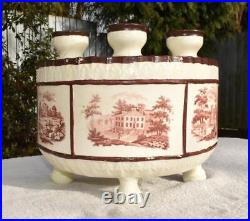


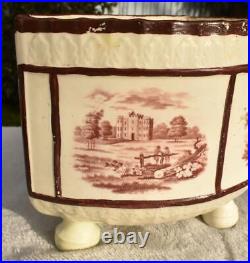
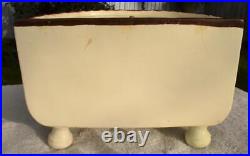


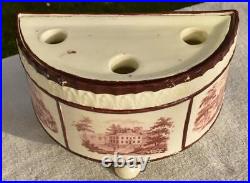

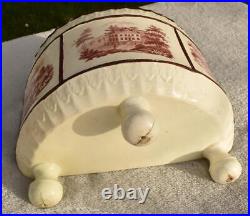
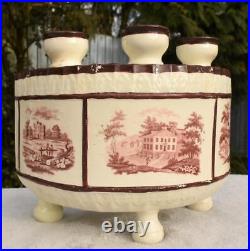
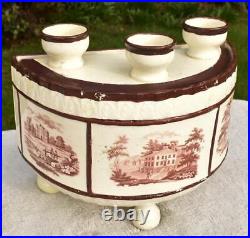
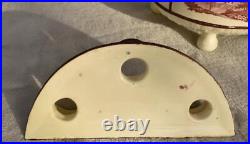
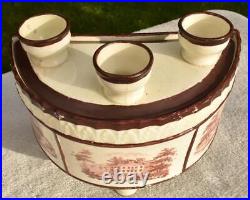
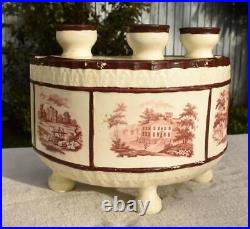

Very Rare Early 19thC English Demilune Creamware Bough Pot & Cover – Hackwood? ENGLISH CREAMWARE BOUGH POT. One of several really good pieces of listed this Week…. We are unsure of the maker but our research has found just one similar item considered to be by William Hackwood who worked, on occasion with Wedgwood. (Although this is a much cleaner and fresher example) Additionally, we have found similar decoration on Davenport but not this wonderful demilune shape with bun feet. Therefore – please judge. What is not in doubt is the quality of this piece. It has stately home decoration and, unusually the cover is present and complete. 9 inches / 230 mm across and 190mm tall Overall in good condition with wear commensurate with age. It does have a small hairline at the rear. Please check our other items – there is sure to be something you like. Any questions – please just ask. We are constantly sourcing collections and single items and try to have something for any and everyone. We accept cheques and will despatch once cleared. All of our items are enclosed safely in professional packaging materials to ensure your item is safely protected. We try to list the items as accurately as possible. We will back this up with accurate photography. We inspect each and every item carefully and describe accurately expressing opinion on age & condition. If you are unhappy in any way please let us know first so that we can sort any issues out with you. Get Supersized Images & Free Image Hosting. Create your brand with Auctiva’s. Attention Sellers – Get Templates Image Hosting, Scheduling at Auctiva. Com. Track Page Views With. This item is in the category “Pottery, Ceramics & Glass\Decorative Pottery, Ceramics & Glass\Vases”. The seller is “somereallygoodstuf” and is located in this country: GB. This item can be shipped worldwide.
- Brand: Creamware
- Type: Bough Pot
- Antique: Yes
- Colour: Multicoloured
- Country/Region of Manufacture: United Kingdom
- Era: Georgian (1714-1837)
- Features: Date-Lined, Decorative
- Handmade: Yes
- Item Height: 190mm
- Item Length: 230mm
- Material: Ceramic, Clay
- Model: Bough Pot
- Origin: UK
- Original/Licensed Reproduction: Original
- Theme: Historical Figures, Landmarks, Landscape
- Time Period Manufactured: 1800-1849
- Vintage: Yes


Antique rare & unusual English Mason’s type ironstone pottery Jug C early 19thC
Posted by admin On April 4, 2023


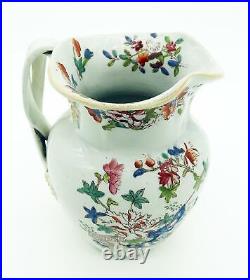


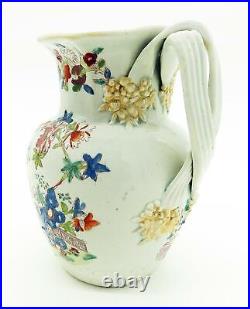
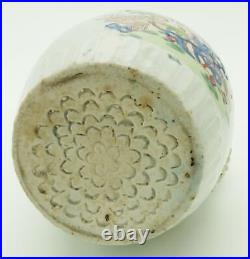

Antique rare & unusual English Mason’s type ironstone pottery Jug C early 19thC. A rare and unusual English Ironstone Jug in the manner of Ashworths / Masons having Oriental influence probably of Museum merit. Circa: Early 19th century. Good Antique Condition with a firing crack between the straps of the handle (not right through to the inside) from time of manufacture and mentioned for accuracy. 5.5 inches (14cm) height approx. A highly desirable piece for any Collector of early English pottery. This item is in the category “Pottery, Ceramics & Glass\Decorative Cookware & Tableware\Jugs & Pitchers”. The seller is “savergreen” and is located in this country: GB. This item can be shipped worldwide.
- Features: Date Lined, Decorative, Hand Painted, Antique, Ironstone
- Manufacturer Warranty: None
- Custom Bundle: No
- Handmade: Yes
- Item Width: 10
- Pattern: Oriental
- Time Period Manufactured: 1800-1849
- Pottery: Antique Pottery
- Production Technique: Pottery
- Item Height: 14
- Number of Items in Set: 1
- Vintage: Yes
- Country/Region of Manufacture: United Kingdom
- Origin: Mason’s Ironstone
- Material: Pottery, Ironstone, Ceramic, Stoneware, Earthenware
- Earthenware: Antique Earthenware
- Colour: Multicoloured
- Year Manufactured: 1825
- Model: Ironstone Pottery
- Product Line: Jugs /Pitchers
- Shape: Round
- Georgian: Georgian Pottery
- Packaging: none
- Mason’s: Antique Mason’s
- Novelty: Antique Novelty
- Finish: Glossy
- Production Style: Art Pottery
- Brand: Mason’s
- Style: Oriental
- Antique: Yes
- Original/Licensed Reproduction: Original
- Masons: Antique Masons
- Ironstone: Antique Ironstone
- Theme: British
- Item Depth: 8
- Item Diameter: 8
- Type: Jug


Super Rare Vintage Rolex Watches You Have Never Seen Before English Sub
Posted by admin On December 14, 2022

Rare Antique English 8 Day Single Chain Fusee Exterior Public Turret Wall Clock
Posted by admin On December 8, 2022
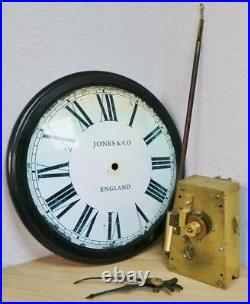
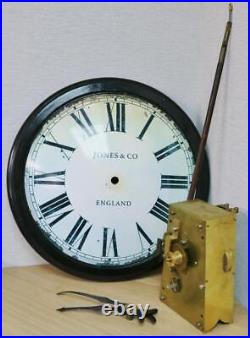
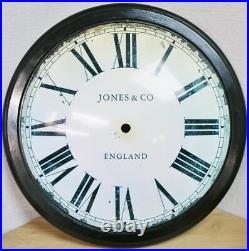
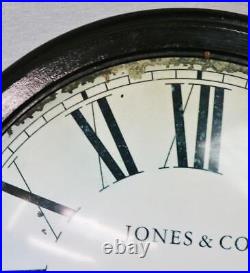



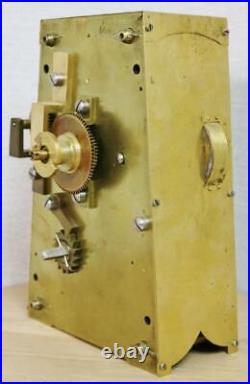
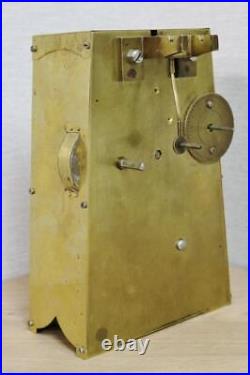
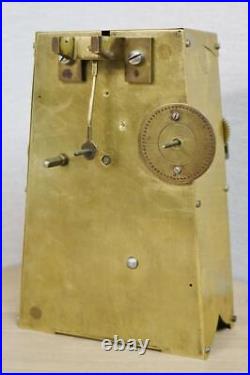



This clock is a beautiful antique single fusee public turret wall clock with its original A frame movement and anchor escapement. The clock has a 15.75 inch diameter dial and a 19 inch diameter ebonised surround all of which is in good condition It is a very rare turret clock where the dial would fix to the outside of the building and the movement would sit on the inside on a seat board or backet, both the winding arbour and hand adjuster are on the back of the movement to make it easier The clock would of originally sat on the face of a high street shop or something like that but i came across it when it had been mounted to a gentleman’s workshop and was all working away but he was moving and had no where to put it The clock features an original 15.75 inch dial with original steel English hands. The dial is a replacement with it being a transfer on a metal sheet, the transfer is an exact copy of the original even down to the discolouration and wear The original movement is a English Single chain driven fusee with a original anchor escapement and A framed plates that is fantastic. The movement has an extendable bar to connect the hands through the depth of the wall The movement is very clean and is in excellent condition in full working order keeping excellent time, movement comes with its pendulum and its original crank winding key The clock measures 19 inches diam and looks super impressive wherever it is displayed The dial measures 15.75 inches diam This is a rare public turret dial clock which makes it a perfect investment clock and a beautiful display piece. Looks absoultely fantastic wherever it is displayed and a true talking point. Superb single fusee dial wall clock which will only grow significantly in value over the years and will keep growing in value Approx Date: 1850’s. Rare Antique English 8 Day Single Chain Fusee Exterior Public Turret Wall Clock. PLEASE NOTE : I have recently received some excellent quality clocks from a private collection all of which have been well looked after all of which will be listed over the next few weeks. Some excellent quality clocks this being one of them. The clock has a 15.75 inch diameter dial and a 19 inch diameter ebonised surround all of which is in good condition. It is a very rare turret clock where the dial would fix to the outside of the building and the movement would sit on the inside on a seat board or backet, both the winding arbour and hand adjuster are on the back of the movement to make it easier The clock would of originally sat on the face of a high street shop or something like that but i came across it when it had been mounted to a gentleman’s workshop and was all working away but he was moving and had no where to put it The clock features an original 15.75 inch dial with original steel English hands. The movement has an extendable bar to connect the hands through the depth of the wall The movement is very clean and is in excellent condition in full working order keeping excellent time, movement comes with its pendulum and its original crank winding key. The clock measures 19 inches diam and looks super impressive wherever it is displayed The dial measures 15.75 inches diam This is a rare public turret dial clock which makes it a perfect investment clock and a beautiful display piece. Superb single fusee dial wall clock which will only grow significantly in value over the years and will keep growing in value. Approx Date: 1850’s. 1 – We offer the very best customer service before, during and after the sale. You are more than welcome to personally collect any item free of charge. All my items will be packed professionally. No matter how well antique clocks have been serviced they will need final adjusting and setting into beat after transport and a professional person is advised and may be required in order to do this. All repairs needed to the mechanism will be carried out by myself and not by a 3rd party clock maker/repairer unless agreed by myself beforehand. Please contact me for a quote if you have another movement that requires servicing. I will be mostly dealing in top quality original antique clocks all of which we have full confidence in and which we source from good collectors worldwide. Get images that make Supersized seem small. Showcase your items with Auctiva’s. Track Page Views With. This item is in the category “Collectables\Decorative Collectables\Clocks\Wall Clocks”. The seller is “classictime2015″ and is located in this country: GB. This item can be shipped worldwide.
- Brand: Jones & Co London
- Type: Turret Clock
- Antique: Yes
- Country/Region of Manufacture: United Kingdom
- Display Type: Analogue
- Era: Early 20th Century (1911-1940)
- Features: 8-Day, Keys, Winders, Pendulum/Moving Parts, Wind Up, fusee movement, fusee, public clock, turret clock, wall clock
- Movement: Fusee
- Original/Reproduction: Original
- Signed By: Jones & Co
- Time Period Manufactured: 1920-1949
- Vintage: Yes


Rare & unusual Antique English Mason’s type ironstone pottery Jug C early 19thC
Posted by admin On November 12, 2022
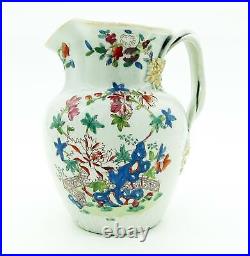



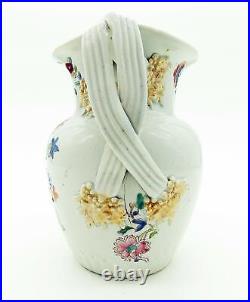

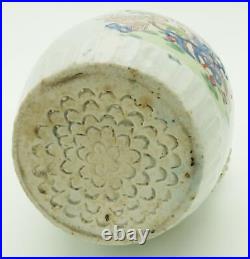

A rare & unusual Antique English Mason’s type ironstone pottery Jug C early 19thC. A rare and unusual English Ironstone Jug in the manner of Ashworths / Masons having Oriental influence probably of Museum merit. Circa: Early 19th century. Good Antique Condition with a firing crack between the straps of the handle (not right through to the inside) from time of manufacture and mentioned for accuracy. 5.5 inches (14cm) height approx. A highly desirable piece for any Collector of early English pottery. This item is in the category “Pottery, Ceramics & Glass\Decorative Cookware & Tableware\Jugs & Pitchers”. The seller is “savergreen” and is located in this country: GB. This item can be shipped worldwide.
- Shape: Round
- Handmade: Yes
- Production Technique: Pottery
- Model: Ironstone Pottery
- Colour: Multicoloured
- Country/Region of Manufacture: United Kingdom
- Masons: Antique Masons
- Mason’s: Antique Mason’s
- Custom Bundle: No
- Style: Oriental
- Georgian: Georgian Pottery
- Item Height: 14
- Item Depth: 8
- Item Width: 10
- Product Line: Jugs /Pitchers
- Material: Pottery, Ironstone, Ceramic, Stoneware, Earthenware
- Theme: British
- Pattern: Oriental
- Type: Jug
- Features: Date Lined, Decorative, Hand Painted, Antique, Ironstone
- Antique: Yes
- Year Manufactured: 1825
- Vintage: Yes
- Number of Items in Set: 1
- Packaging: none
- Origin: Mason’s Ironstone
- Brand: Mason’s
- Production Style: Art Pottery
- Original/Licensed Reproduction: Original
- Manufacturer Warranty: None
- Time Period Manufactured: 1800-1849
- Earthenware: Antique Earthenware
- Pottery: Antique Pottery
- Ironstone: Antique Ironstone
- Item Diameter: 8
- Novelty: Antique Novelty
